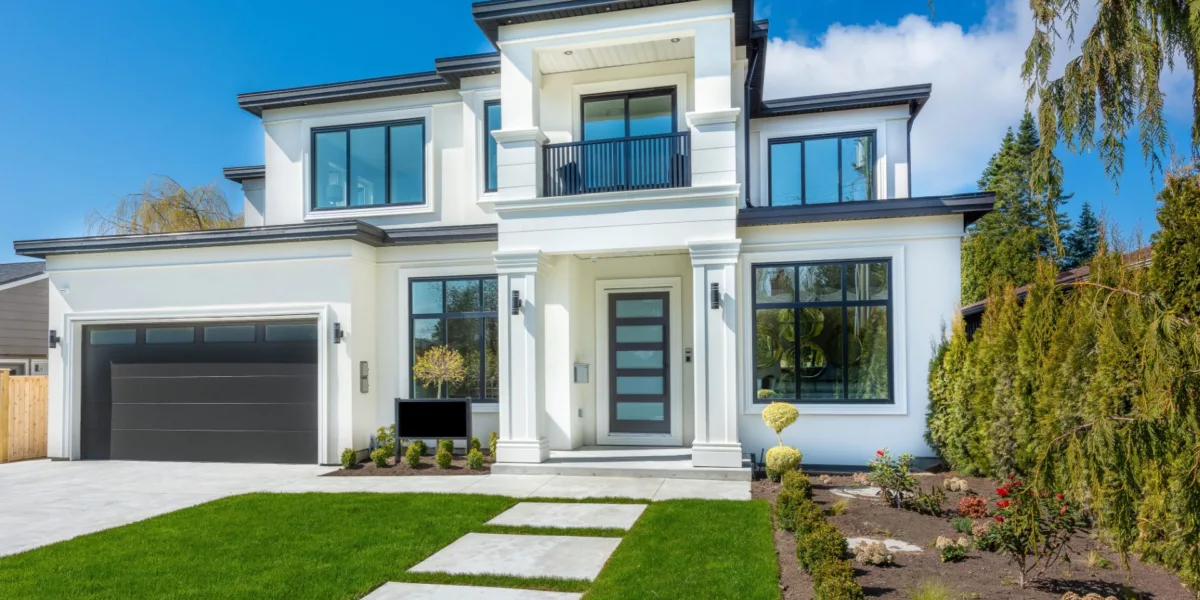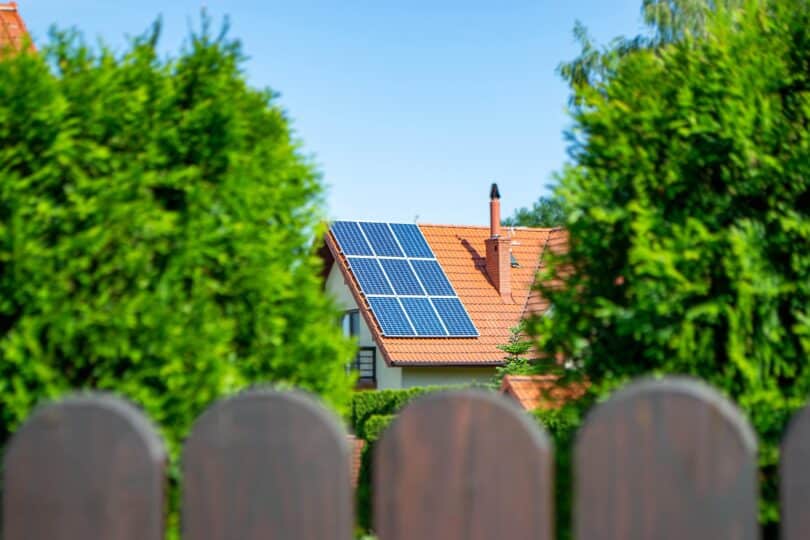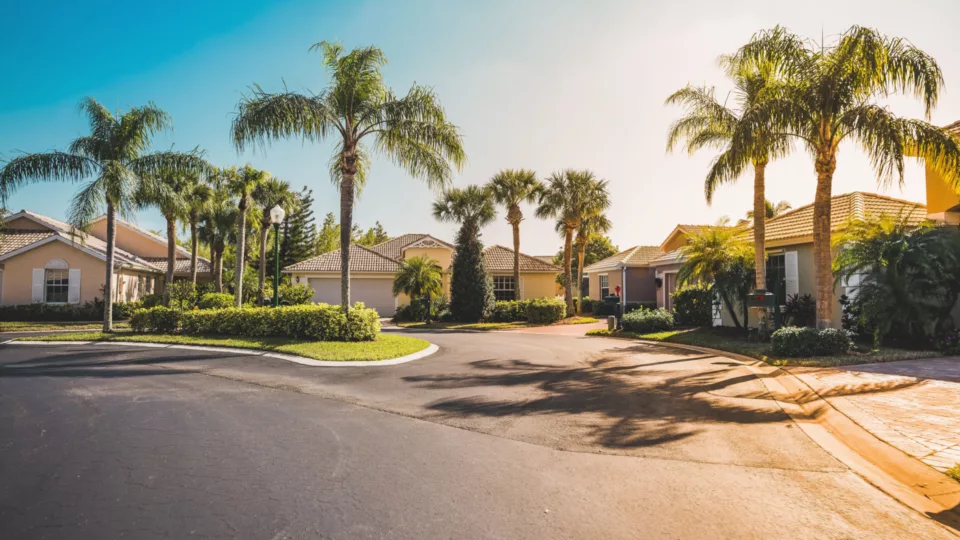In This Article
Did you know that, despite their name, flat roofs aren’t actually flat? They’re slightly angled so that excess water can run off and avoid settling on top of your home or business. But whether you call them flat roofs or low-slope roofs, these roofing systems have unique needs. And identifying the best flat roof materials for your home or business is the first step in getting a flat roof that you love.
But what is the best material for a flat roof? We’re Classic Roofing & Construction, and we’ve been installing different flat roof materials all over Florida for 20 years. Today, we’re going to go over the best flat roof materials in Florida and help you make an informed choice for your new roof!
Flat Roof Material Options
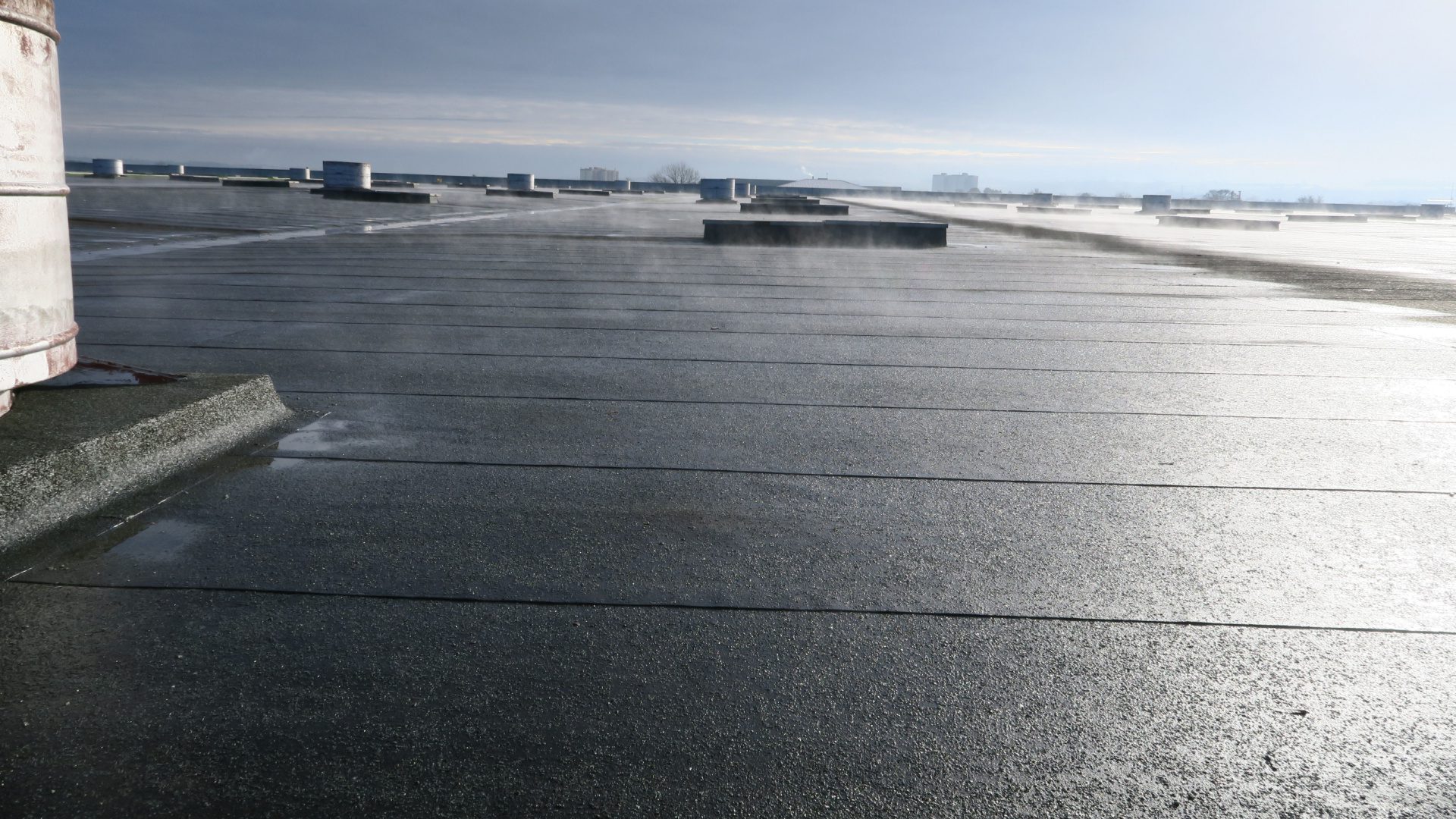
Before you can decide on the best flat roof material for you, it’s important to know all of your options. Roofers consider a roof flat or low slope when its slope is less than 2:12 (less than 2 vertical units up for every 12 horizontal units out), so if this sounds like your roof, then flat roofing materials are for you. Let’s start with a classic Florida roofing option: built-up roofing!
1. Built-up Roofing (BUR)
BUR systems are some of the oldest flat roof materials in the country, having first entered the market in the mid-1800s. While there are many types of BUR, in general, the system starts with a base insulation sheet, which serves as the final layer of water protection. Then above that, the roofer installs several layers of roofing felt that have been mixed with asphalt to provide durability and strength.
Above these layers of protection, the roofer applies a layer of coal or tar pitch with a hot mop. During this process, the pitch blends with the roofing felt and asphalt layering to create a single protective membrane. This process is then repeated several times, which “builds up” your roofing system and offers long-term protection.
It’s no wonder that this was a popular flat roof material for so long—BUR roofs can last from 20-30 years, and they provide excellent waterproofing. And once it has been sufficiently layered, roofers apply ground-up stone to your BUR system in order to provide increased UV protection. Given that two of Florida’s biggest roofing issues are rain and sun, this makes BUR a great flat roof material for Floridians!
2. Modified Bitumen Roofing
While BUR systems are a classic option, new roofing technologies have a lot of appeal as well. Modified bitumen, commonly called mod bit by roofers, was created in the 1960s to replace BUR systems. Specifically, it uses the proven BUR system technology, but it adds reinforced layers or cap sheets, which improve water resistance and durability.
As a flat roof material in Florida, modified bitumen stands out for its ability to reflect UV rays, which can keep your home or business cool without overtaxing your air conditioning system. Additionally, modified bitumen has one key advantage over BUR: It has many more means of installation.
Where a BUR system is typically only installed with a hot mop, mod bit can be installed in a variety of ways. These include:
- Heat application
- Torch application
- Cold application
- Self-application
Which of these mod bit installation methods will work best for you will depend on your roof. While torch application remains the traditional installation method, if you need a commercial mod bit roof, you might be better served by a cold application that won’t risk damaging any other systems already installed on your roof.
In terms of longevity, most roofers say that a modified bitumen roof can last for up to 20 years. But because this is a very low-maintenance flat roofing material, it can often last even longer, provided you’re keeping up with the small bit of maintenance that it does require. For this reason, it’s important to schedule biennial roof inspections so that you stay on top of any issues as they arise.
3. Thermoplastic Polyolefin (TPO) Roofing
Among flat roofing material options, TPO stands as one of the best single-ply membrane roofing systems on the market. One of the crucial components in TPO is polypropylene, which you may have heard of before as a material in various food containers and other household items. Polypropylene remains best known for being slippery, which helps it repel water and keep your roofing structure dry and secure. And another important part of this flat roof material is ethylene-propylene rubber, which helps with expanding and contracting under the hot Florida sun.
These synthetic components work together to create a single-ply flat roofing system that will last. With proper maintenance, a TPO roof can last for 20-30 years. And like mod bit, TPO works well to reflect UV rays and heat away from your home, which can lower your energy bill.
4. Ethylene Propylene Diene Terpolymer (EPDM) Roofing
EPDM is a synthetic, rubber membrane roofing system that can be installed for commercial or residential properties, but is most commonly used for commercial properties like medical centers. And every day, EPDM becomes an even more popular flat roof material thanks to its high wind resistance and flexibility. In fact, this lightweight roofing system is great for longevity, capable of lasting up to 30 years before needing to be replaced.
Unlike TPO, EPDM roofs are usually black, which means they attract heat instead of reflecting it. For this reason, EPDM might not be the best flat roof material for spaces over bedrooms or living spaces. However, a black flat roof will show dirt much less than a white roof, so this could be a good option if your roof is visible from parts of your home or business.
Another factor to consider when deciding between TPO and EPDM is how these flat roof materials hold up to storm debris and hail. As a rubberized roofing system, EPDM holds up very well to small airborne debris and hail, which means it stands up well to Florida’s storms. On the other hand, TPO roofs are often less resistant to surface damage from hail and debris, which can lead to marks and slight damage accumulating on the roof over time.
Flat Roof Materials Require Experienced Florida Roofers
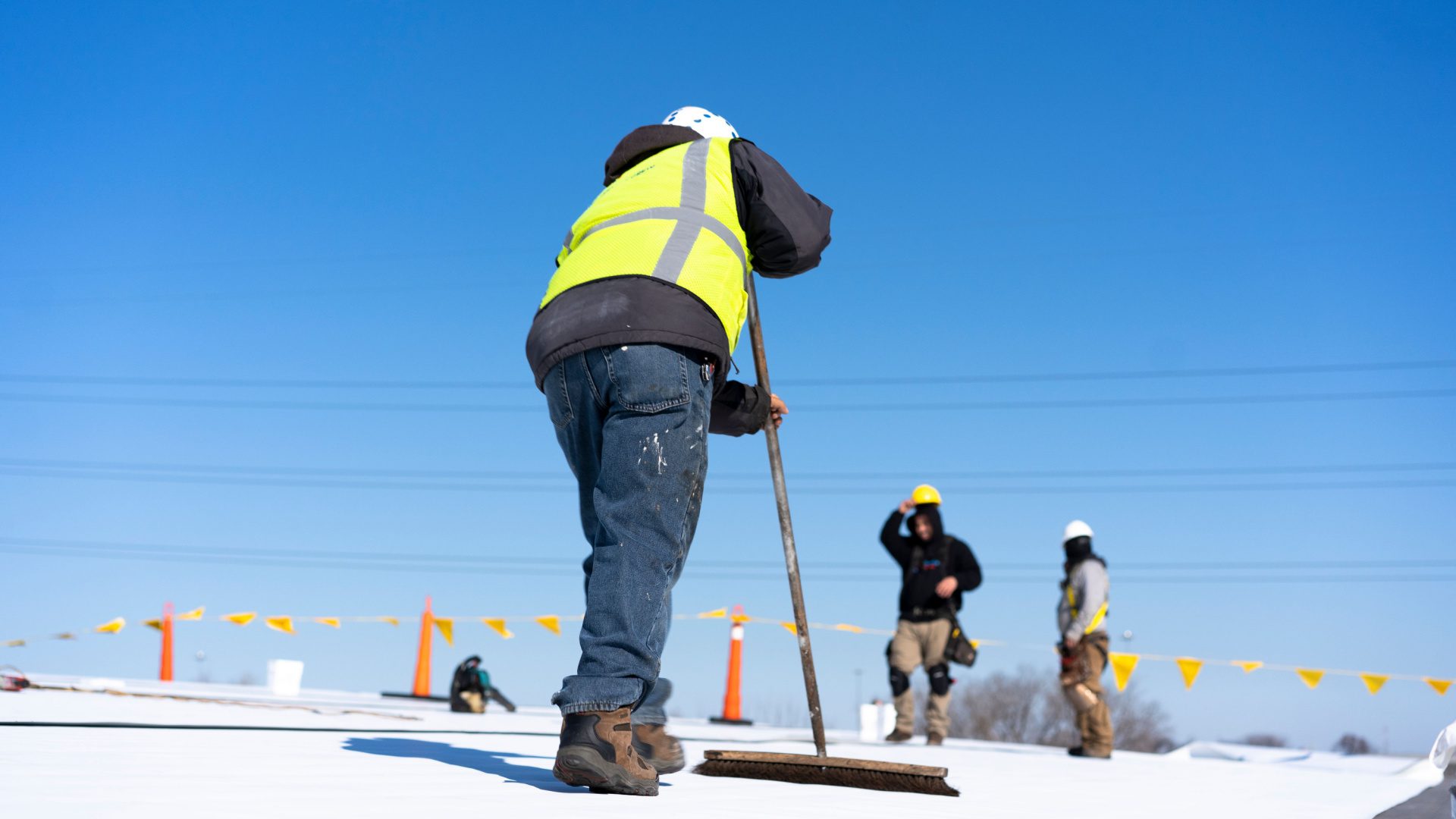
There’s no way to identify a single best flat roof material, because the “best” material will depend on your structure, needs, budget, and other relevant pricing factors. But regardless of the material you choose for your Florida flat roof, you’re going to need an experienced crew to complete the job. And Classic Roofing & Construction has just the experienced roofing team for the job.
When installing a flat roofing system, you need highly trained professionals. That’s why we don’t use subcontractors—all of our roofing experts are Classic employees who are trained in-house. This means that everyone working on your structure’s roof will know what they’re doing and follow the highest performance and safety standards in the roofing industry. And you can trust that we always follow these standards—that’s why we’re GAF Master Elite certified, something that only the top two percent of roofers can say!
The Best Flat Roof Materials Video
Over our 20 years of working in Florida, we’ve learned that every roofing company has their reason why they’re the best. That’s why you have to trust what real Floridians are saying, and we’ve got hundreds of five-star reviews. We have deep roots in our local communities, so unlike less reputable roofers, you can always trust us to do the job right.
Whether you still need help deciding on a flat roofing material or you’re ready to move forward, Classic can help. You can give us a call at 727-329-8023 if you have questions about different flat roof materials, or you can schedule your free roofing estimate online to get started on your new roof installation.

